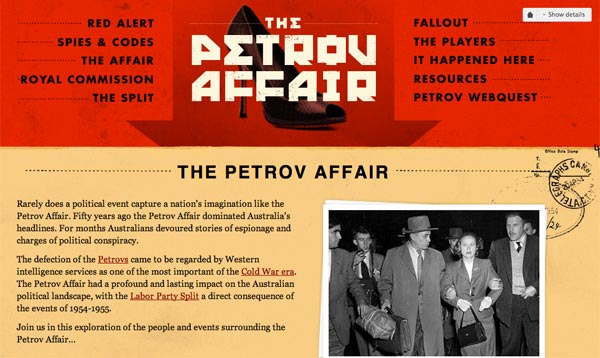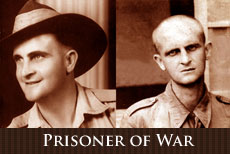Australia’s Cold War Flashpoint
Australia never experienced anything at all remotely resembling the Cuban Missile Crisis or McCarthyism but we did have the Petrov Affair. Back in April 1954 Australia had its very own Cold War drama when Vladimir Petrov defected while employed as a third secretary at the Soviet Embassy in Canberra, Australia’s capital city.
The episode became known as the Petrov Affair and it dominated the Australian political landscape and newspaper headlines. Australians were caught up in “stories of espionage and political conspiracy”.
As the Old Parliament House web site states, “The defection of the Petrovs came to be regarded by Western intelligence services as one of the most important of the Cold War era and it had a profound and lasting impact on the Australian political landscape, with the Labor Party Split a direct consequence of the events of 1954-1955.”
The Old Parliament House (now known as the Museum of Australian Democracy) has an exhibit commemorating the event and in support they have created a web site rich with resources suitable for students of Cold War history near and far. There is also a web quest that students can explore.
The resources are particularly useful for students of Australian history at Stage 5 of their schooling in NSW. There is a wealth of documents, photographs, media files and links to investigate. Students in Year 10 in NSW are probably studying this topic right about now. There is also a Wikipedia article regarding the event. Plus this free Skwirk page.
Here are some useful relevant resources for teachers of Stage 5 History in NSW.
- Red Menace?
- Longman’s Year Ten History Worksheets [Check out Unit 6.2 Australia’s role in the Cold War]
- Macmillan Australia in the 20th Century Assessment for learning Chapter 5: Australia in the Vietnam War era
A couple of newspaper articles add to the story…
- The Australian: From the Petrov affair to reds under beds: Menzies’ flawed secret agent
- The Age: Mrs Petrov’s death brings bizarre affair to end









Recent Comments